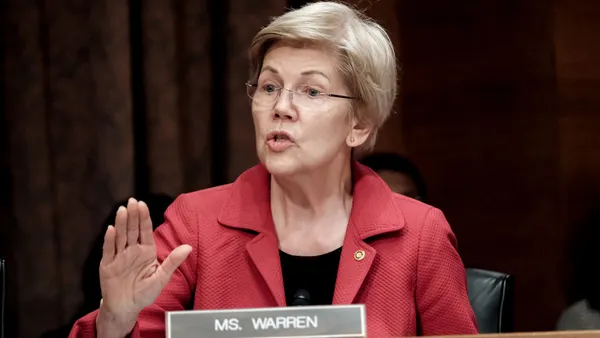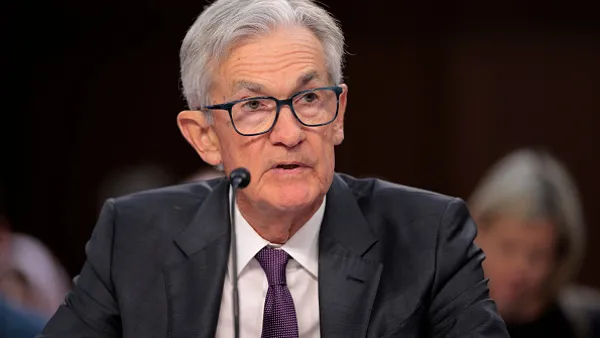Several of the nation’s largest banks announced increased quarterly dividends Friday in response to Federal Reserve stress test results disclosed earlier in the week.
JPMorgan Chase is boosting its dividend to $1.25 per share, from $1.15, effective Monday. The bank also announced a $30 billion stock buyback program meant to “return excess capital to our shareholders over time, as and when appropriate,” the bank said in a release.
“Whereas [the Fed exercise] is a single, point-in-time stress test, we conduct hundreds of stress tests each week, which include various types of extremely large market movements,” JPMorgan CEO Jamie Dimon said in a statement Friday. “We continue to maintain a fortress balance sheet with substantial excess capital, and we remain prepared for a wide range of potential environments so that we can consistently be there for our clients, governments and communities around the world.”
JPMorgan on Wednesday night warned shareholders that the Fed overestimated the bank’s revenues, expenses and losses that are excluded from net income. Still, the bank is the only U.S. systemically important financial institution to boost its dividend twice in the past year. It was also one of only two, along with Morgan Stanley, that both raised its dividend and launched a stock buyback.
Morgan Stanley is increasing its dividend to 92.5 cents per share from 85 — a move CEO Ted Pick said “reflect[s] the durability” of the bank’s business model. The bank’s board also authorized a multiyear $20 billion stock repurchase program. The 7.5-cent-per-share increase and $20 billion buyback plan mirror what the bank did last year at this time.
Goldman Sachs, arguably Morgan Stanley’s fiercest rival, also copied its own 2023 playbook with regard to dividend increases. Like last year, the bank announced it would boost stockholder returns by 25 cents per share — to $3 from $2.75.
CEO David Solomon, however, said the 6.4% stress capital buffer the Fed set for the bank — and resulting 13.9% common equity tier 1 requirement — “does not seem to reflect the strategic evolution of our business and the continuous progress we’ve made to reduce our stress loss intensity.”
“We will engage with our regulator to better understand their determinations,” Solomon said.
By contrast, Citi CEO Jane Fraser said she was “pleased” to see her bank’s stress capital buffer decrease — to 4.1% from 4.3% — “in light of our ongoing efforts to simplify our firm.”
“We are committed to remaining a safe and sound institution while we invest in our Transformation and improve the returns of our businesses,” Fraser said Friday in a release indicating the bank would boost its dividend from 53 cents per share to 56. Citi last year boosted its quarterly dividend by 2 cents per share despite seeing a 0.2 percentage point jump in its stress capital buffer.
Citi will continue to assess share repurchases quarterly, the bank said.
Wells Fargo announced Friday that it would boost its dividend from 35 cents per share to 40. Unlike JPMorgan and Morgan Stanley, Wells didn’t commit to a stock buyback plan, but it did indicate that over the next four quarters, the bank “has capacity to repurchase common stock, which will be routinely assessed as part of the Company’s internal capital adequacy framework that considers current market conditions, potential changes to regulatory capital requirements, and other risk factors.”
Bank of America said Friday it would increase its dividend to 26 cents per share from 24. That 2-cent bump is the same amount by which the bank boosted its quarterly dividend last year.












